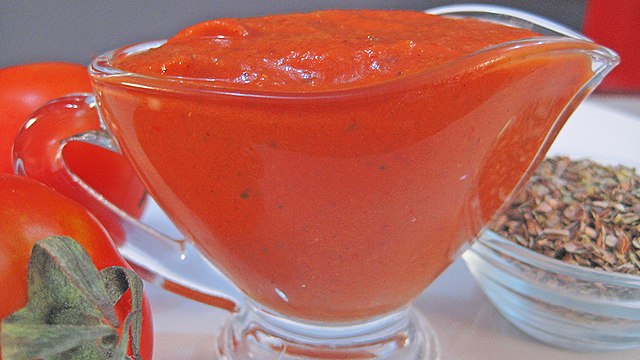In more than four out of 10 families (42%), typical Easter sweets are prepared at home this year, also as a result of the expensive prices triggered by the war in Ukraine. This is what emerges from the Coldiretti/Ixe’ survey on the Easter of Italians on the occasion of the parade of sweets of the Easter tradition at the Mercato di Campagna Amica at the Circus Maximus in Rome, with peasant chefs at work to teach citizens and tourists the most delicious specialties from the ancient recipes of the Italian countryside.
If in Easter purchases in time of war the dove is present this year in 69% of the tables, six percentage points more than the Italian chocolate egg (63%) the novelty – underlines Coldiretti – is represented by the return of do-it-yourself home cooking with the rediscovery of traditional desserts. A trend driven by high prices that has not spared pastry products, mainly linked to increases in energy costs. In the families we have thus returned to the kitchen recovering ancient recipes, starting with those of the peasant tradition.
If in Abruzzo there are scenic horses and pupae, biscuits based on shortcrust pastry enriched with a hard-boiled egg, in Basilicata we find pannarelle, which are Easter preparations often in the shape of a braid or heart closed in a circle with an egg in the center to evoke the idea of a basket full of sweets for children. In Calabria – explains Coldiretti – there are cuckoos, typical Easter desserts made with a rather sweetened bread dough, adding a few drops of anise and lemon zest to give it a characteristic note of flavor. In Campania, you can not miss the pastiera and Lenten on the Easter tables characterized by a large amount of almonds inside the dough. From Emilia comes the Bensòne which is one of the oldest sweets produced in the territory of Modena – emphasizes Coldiretti – with an oval shape, with the filling of plum and sour cherry jam.
Friuli instead gives the pliers, a dessert-explains Coldiretti-of ancient tradition that looks like a rounded loaf on which a cross is engraved to symbolize the martyrdom of Christ. And from the Friulian pinza we move on to the sweet Lazio pizza typical of Rome, a dessert in the shape of a panettone, very fragrant and very tasty while the Pigna di Pasqua is typical of the Ciociaria rich in raisins, candied fruit, vanilla, cinnamon and anise.
And if in Liguria we find the Easter canestrelli, intertwined with baskets of shortcrust pastry, with sometimes colored eggs in the middle or on the edges, from Lombardy- Coldiretti points out-comes the classic Easter dove based on flour, butter, eggs, sugar and candied orange peel, with an almond glaze. In Molise, traditionally, for Easter, pine cone is prepared, which is a kind of donut made from flour and eggs. In Piedmont, on the other hand, we have the Pope’s exquisite salami, a delicious chocolate salami and the tiny loaves that the children gladly dip in milk and the adults in a sweet wine. In Puglia the scarce pastry biscuits with sugar, flour, eggs, oil, lemon zest, and sometimes milk, are inevitable. In Sardinia, we find Pardulas based on cheese or ricotta and Aranzada nugoresa (very fine strands of orange peel cooked slowly in honey) and enriched with toasted almond fillets.
In Tuscany, on the other hand, we have the Schiacciata Pisana, a sweet bread with an unmistakable anise aroma that is accompanied by vin santo. In Trentino Alto Adige, we find the Easter wreath, a sweet leavened bread and also the fochaz-osterbrot, a sweet bread of wheat flour, generally in the shape of a bunny. In Umbria instead we have Ciaramicola, a typical Easter dessert with alchermes, meringue and colorful sugars. In Val d’Aosta, on the occasion of the holiday-Coldiretti points out-the tradition included the preparation of flantse or flantson, flattened rye breads, usually round in shape, to which a little sugar was added, maybe a little butter, raisins, almonds and candied fruit to make the gift even more special. In Veneto Tradition, it is said that the Venetian focaccia was conceived by a Treviso baker who on the occasion of Easter added other ingredients to the bread dough, such as eggs, butter and sugar, all in moderate quantities given the costs, thus obtaining a soft and sweet bread, to give to his customers. In Sicily-concludes Coldiretti-we find the cuddura cu l’ova, which is a sweet dough, similar to a shortcrust pastry, which contains whole hard-boiled eggs, a dough that is then decorated with colored sugars, baked in the oven and, sometimes, later completed with white icing.
Source: Coldiretti.it
